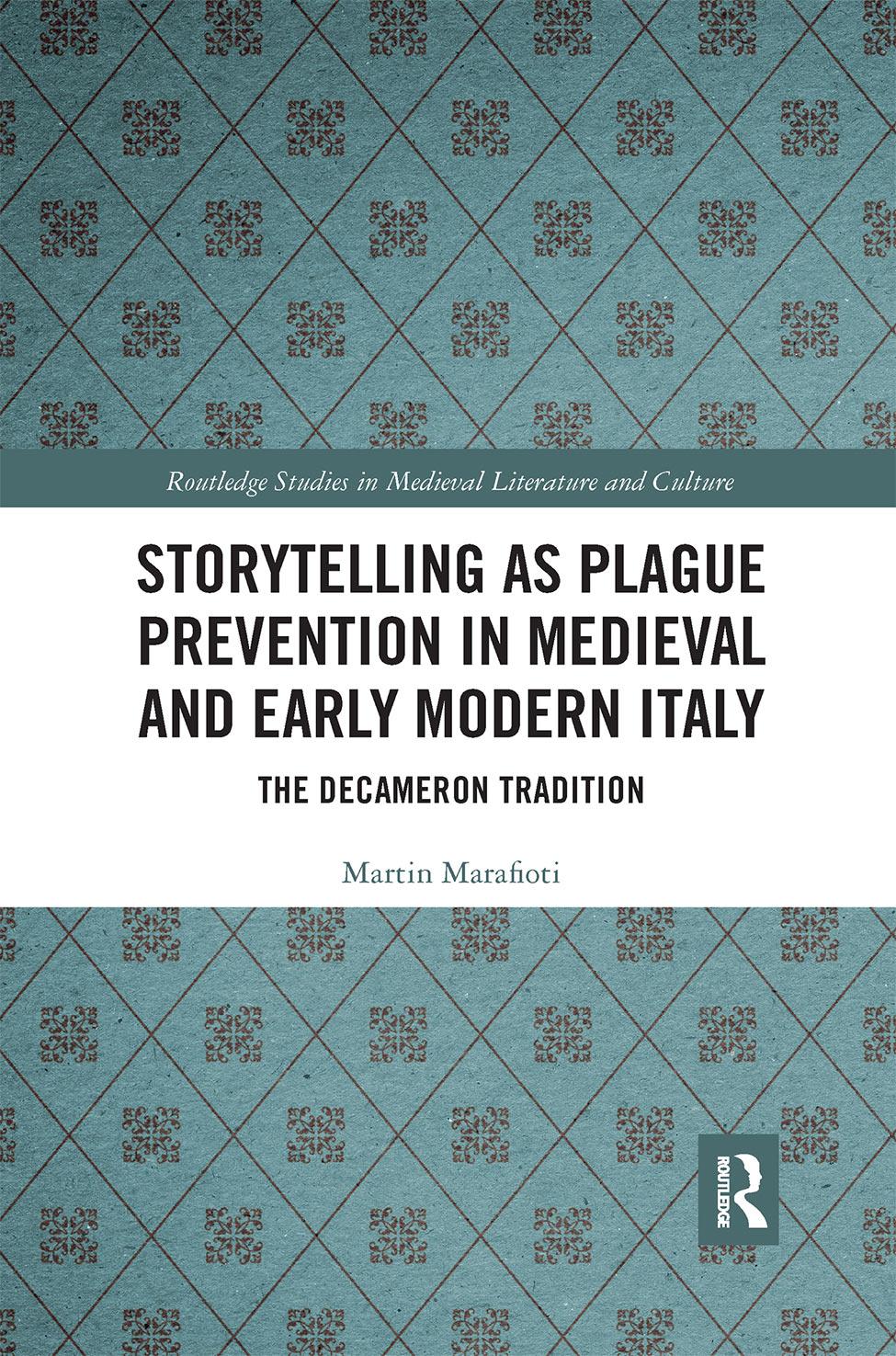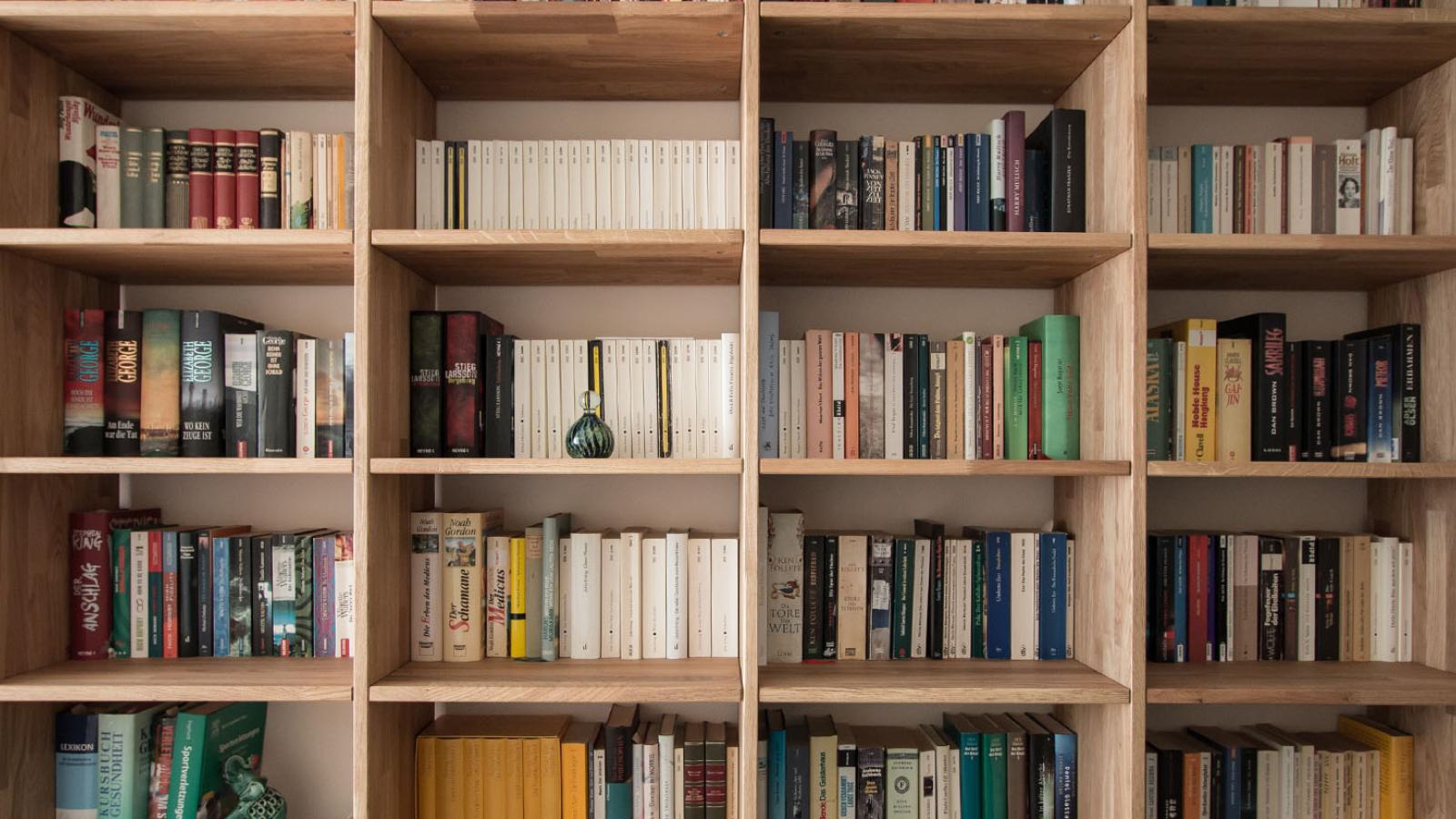

Storytelling As Plague Prevention In Medieval And Early Modern Italy
Martin Marafioti
Professor Modern Languages And Cultures, NYC

What is the central theme of your book?
The central theme of my book is the preventative and healing power of the word. Specifically, my book concerns the tradition of storytelling in times of epidemic illness. I analyze how Giovanni Boccaccio is the first writer to unite the literary topos of narration during a life-threatening situation with an historical epidemic context: the plague of 1348. My study focuses on the prophylactic function that Boccaccio attributes to his stories in the Decameron. I also look at how numerous imitators of Boccaccio's work from the fourteenth-eighteenth centuries (Sacchetti, Sercambi, Malespini, and Argelati) have adopted Boccaccio's narrative model as a recipe for both physical and psychological health during subsequent outbreaks of epidemic illness.
What inspired you to write this book?
The Silence=Death Project in the fight against AIDS. Seven hundred years after Boccaccio proposed storytelling and the spoken/written word as a valuable tool for plague prevention, we still recognize the healing and transformative power of language.
Why is this book important in your field? What does it contribute to the current body of knowledge on its topic?
The book intersects the boundaries of literature and medicine. It is not uncommon to read about how science and medicine leave their mark on creative writing; however, my mission with the book was to demonstrate how literature (specifically storytelling) has also impacted medical culture.
Tell me about a particularly special moment in writing this book.
I’ve spent quite a bit of time conducting research in Italian libraries and archives while preparing the manuscript for this book. On several occasions, I requested an early printed book or manuscript that had not been handled for hundreds of years. I felt very privileged to be trusted with such delicate, fragile works. Using the Vatican Library was quite an experience. I lived in an apartment just 5 minutes away (in Rome), yet I had to present my passport and reading card to the Swiss Guard every morning because the library was technically in Vatican City (so I was crossing an international border every day).
What is the one thing you hope readers take away from your book?
I hope the book will remind readers of the power of the written and spoken word.
Fun Facts
When did you join Dyson?
Fall 2004
What motivates you as a teacher?
Honestly, my students! I love to teach young people with intellectual curiosity and a thirst for knowledge.
What do you do in your spare time; to relax/unwind?
I love to walk through the city and explore neighborhoods, visit museums, and galleries. One of my favorite things to do in my free time is to meet friends for good coffee and pastries. I’m also an avid gardener.
What are you reading right now?
I’m always reading Dante’s Divine Comedy (for work and personal fulfillment); The Andy Warhol Diaries; and lots of zines.